Dancing in the dark: The orbital rendezvous of SJ-12 and SJ-06Fby Brian Weeden
|
||||||||||||||||||||||||||||||||||||||||||
| The rendezvous of two Chinese satellites demonstrates that China is broadening its space capabilities, but also touches on the greater issue of perceptions, trust, and safety in space activities that could impact the long-term sustainability of the space regime. |
Given the sensitivity of this subject, it is important to separate fact from speculation. The data from the US military showing the maneuvers of the SJ-12 satellite and its close approach to the SJ-06F satellite is fact. The same data shows an anomaly in the orbit of SJ-06F, which could have been caused by either an outside force acting on SJ-06F, such as physical contact with SJ-12, or errors in creating the data. The purpose behind the rendezvous remains unknown at this time, although the technical details provide some insight. Some may try to label the SJ-12/SJ-06F rendezvous as an ASAT test, but the technical profile of the rendezvous, at first glance, does not support such a conclusion.
This article provides a detailed analysis of the orbital history of SJ-12, its rendezvous with SJ-06F, and discusses the evidence for and against any contact between the two. The main points can be summarized as follows:
- Based on public US military satellite positional data, the Chinese SJ-12 satellite conducted a series of maneuvers between June 12, 2010, and Aug. 16, 2010, to rendezvous with the Chinese SJ-06F satellite.
- There is some evidence of an anomaly in the orbit of SJ-06F that was not caused by the normal orbital perturbations.
- The anomaly occurred around the time of closest approach between SJ-06F and SJ-12, indicating that physical contact between the two could have been the cause.
- Any contact that did occur between the satellites transpired at very slow speeds and is unlikely to have resulted in debris or significant damage to either satellite.
- A similar incident happened in 2005 during a rendezvous between NASA’s DART satellite and the US Navy’s MUBLCOM satellite, resulting in no apparent damage to or debris from either satellite.
- Although the purpose behind the rendezvous is unclear at this time, the technical details of the event suggest that it could have been done to develop orbital rendezvous or satellite inspection techniques, which other countries are also developing.
- As more space actors attempt these types of complex operations, it is important that they are done with degree of transparency that can help prevent misperceptions and mistrust, and following established best practices to help prevent accidents.
Please note: As with most Chinese satellites, there is some discrepancy over the naming conventions used for the two satellites. Throughout this article, I will be referring to the satellites involved by their common name as indicated in the US military’s public satellite catalog, which may be different from their designations in other sources. Table 1 lists the satellites discussed in this article and their US catalog common name and international designator.
| Common Name | International Designator | US Satellite Catalog Number |
|---|---|---|
| SJ-06A | 2004-035A | 28413 |
| SJ-06B | 2004-035B | 28414 |
| SJ-06C | 2006-046A | 29505 |
| SJ-06D | 2006-046B | 29506 |
| SJ-06E | 2008-053A | 33408 |
| SJ-06F | 2008-053B | 33409 |
| SJ-12 | 2010-027A | 36596 |
Table 1: Satellites referred to in this article | ||
The facts of the matter
“SJ” is an abbreviation of “Shi Jian,” which commonly translates as “practice” from Mandarin. Between 1971 and 1981 the first four SJ satellites were placed in highly elliptical low Earth orbits and carried scientific payloads used for various experiments and measurements. Starting with SJ-5 in 1999, the remaining satellites in the series were placed in Sun-synchronous orbit at altitudes of around 600 kilometers. All the SJ satellites officially have “scientific missions” according to the Chinese government.
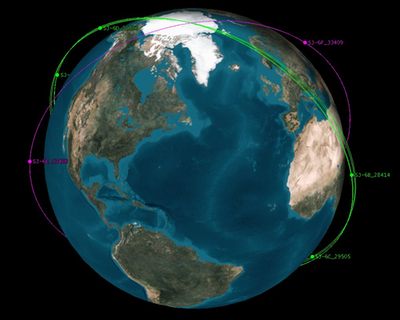 Figure 1: The six SJ-06 series satellites in Earth orbit. (larger version) |
There are currently six satellites in the SJ-06 series in orbit, labeled A through F, and all are in Sun-synchronous orbits at roughly 600 kilometers in altitude. They were launched in groups of two with an expected lifetime of two years: A and B were launched in 2004, C and D in 2006, and E and F in 2008. Figure 1 shows the orbits of all six satellites. A, B, C, and D are all in roughly the same orbital plane while E and F are in a separate orbital plane.
Each pair has one smaller satellite (A, C, and E) and one larger satellite (B, D, and F). Historically, the smaller satellites (A, C, and E) have all maneuvered shortly after being placed in orbit, with the exception of SJ-06C, which only maneuvered a small amount towards the end of its two-year lifespan. The larger satellites (B, D, and F) have never shown any maneuvering capability. The official mission for the SJ-06 series satellites is to measure the space environment and perform space experiments. Some observers believe that their true mission is collection of electronic intelligence (ELINT) or signals for the Chinese military, in part because no scientific research is known to have been published based on the work of these satellites.
| Trying to determine whether or not the two satellites made physical contact is difficult given the available data. |
SJ-12 was launched on June 15, 2010, from Jiuquan Satellite Launch Center (JSC) in north-central China. JSC has been the starting point for many of China’s space activities, including their first satellite launch in 1970 and the Shenzhou manned flights in 2005 and 2008. The mission of SJ-12, as stated by the State media service Xinhua, is to carry out “scientific and technological experiments, including space environment probe [sic], measurement, and communications.” This mission statement is similar to the official mission given for the six satellites in the SJ-06 series.
After being placed in its initial orbit by a CZ-2D upper stage, SJ-12 was tracked by space surveillance systems all over the world. US military’s Joint Space Operations Center (JSpOC) uses some of these systems to track many of the objects in orbit. The JSpOC uses the tracking data to create Two Line Elements (TLEs), which describe the orbit of space objects at a given time. TLEs are a standardized way of representing the orbital location of objects in space used by the US military since the 1960s. These TLEs can be found on the official US government Space Track website or on the websites of the two authorized re-distributors of TLEs, Celestrak and Heaven’s Above. They can also be found in popular orbital analysis tools such as Analytical Graphic, Inc.’s (AGI) Satellite Tool Kit (STK).
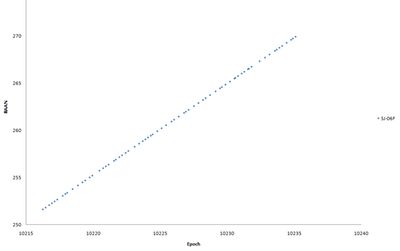 Figure 2: Typical perturbation in right ascension. (larger version) |
By plotting various elements from the TLEs, we can visualize how a satellite’s orbit changes over time. Some of these changes are due to what are called perturbations, or natural forces such as atmospheric drag and the mass asymmetry of the Earth. Figure 2 shows an example of a very common natural perturbation: the change in Right Ascension of the Ascending Node (RAAN) for a typical satellite over time. RAAN describes where the satellite crosses the Earth’s equator moving from south to north, and it has a very regular perturbation caused by the mass asymmetry of the Earth. This asymmetry creates variations in the Earth’s gravitational pull, which in turn cause RAAN to drift east or west at a fixed rate, depending on the satellite’s altitude and inclination.
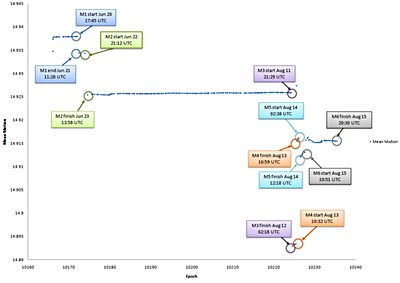 Figure 3: Mean motion of SJ-12. (larger version) |
Figure 3 is a plot of the orbital history of SJ-12, specifically how its mean motion varies as a function of epoch time. As with right ascension, mean motion also has small fluctuations due to natural perturbations, but here we can clearly see that these are broken up by distinct changes. These distinct changes are indicative of maneuvers that took place in the gaps between the end of one cluster of positions and the beginning of another. Each point on the graph corresponds to a TLE published by the US military associated with SJ-12. There are 245 distinct TLEs shown in total on this graph.
Looking closely at Figure 3, we can see what appear to be six sets of maneuvers conducted by SJ-12 between June 20 and August 16, 2010. SJ-12 conducted its first maneuver sometime after the last element set (elset) on its initial orbit on June 20 at 17:45 UTC and before the first post-maneuver elset on June 21 at 11:26 UTC. A little more than 10 hours later, it maneuvered again and ended up in its new orbit sometime before June 23 at 13:58 UTC.
SJ-12 spent 50 days in this orbit, likely waiting for its orbital plane to match that of SJ-06F. It then maneuvered again sometime after August 11 at 21:29 UTC. Over the next three days, Figure 2 shows what appear to be three separate maneuvers, which result in SJ-12 being in almost exactly the same orbit and location as SJ-06F sometime before August 15 at 20:30 UTC.
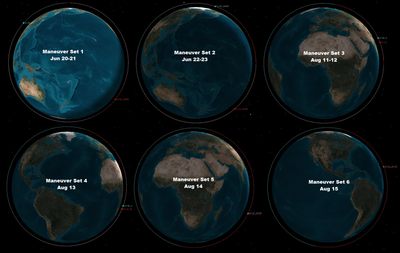 Figure 4: All 6 maneuver sets done by SJ-12. (larger version) |
Figure 4 shows the six distinct sets of maneuvers in relation to SJ-06F in orbit around the Earth, and the progression of SJ-12 as it matches orbits and rendezvous with SJ-06F.
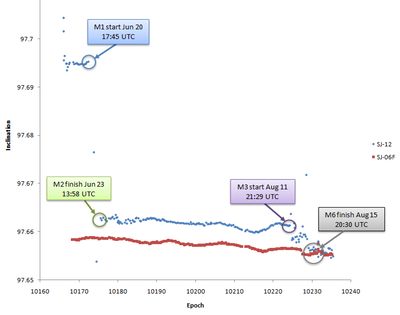 Figure 5: Inclination of SJ-12 and SJ-06F. (larger version) |
Figure 5 shows the satellites’ inclination over the same time period. SJ-06F is in a stable inclination with typical fluctuations due to natural perturbations over the entire period. SJ-12 was initially launched into a higher inclination, which was then modified during the first two maneuvers to be just above the inclination of SJ-06F. After the second set of maneuvers in August, the two satellites were essentially in the same inclination.
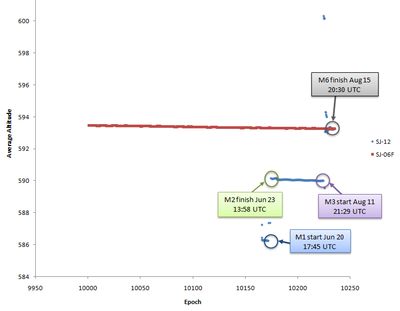 Figure 6: Average altitude of SJ-12 and SJ-06F. (larger version) |
Figure 6 shows the average altitude, calculated by averaging apogee and perigee, of both SJ-12 and SJ-06F over the same time period as Figures 2 and 3. From its initial altitude of just over 586 kilometers, the first two SJ-12 maneuvers brought it up to just 4 kilometers below SJ-06F. Its third maneuver brought it about 7 kilometers above briefly, before settling down at the same altitude as SJ-06F by the end of the maneuvers. This moving above and below in altitude is an important part of the rendezvous process because it changes the speed of the satellites with respect to each other. The lower in altitude a satellite is, the faster it is moving, so relative to a higher satellite it will appear to move in front. These types of maneuvers allow SJ-12 to adjust its position in front of or behind SJ-06F, but still within a relatively close range.
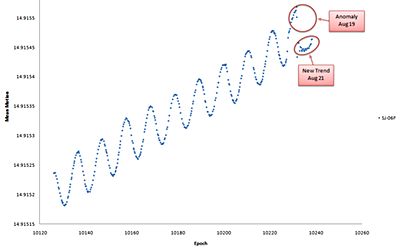 Figure 7: Mean motion of SJ-06F. (larger version) |
Figure 7 shows the mean motion of SJ-06F between June 15 and August 19, 2010. We can clearly see that the only variation is the standard oscillation due to the normal orbital perturbations. However, towards the end we can see an anomaly in the mean motion.
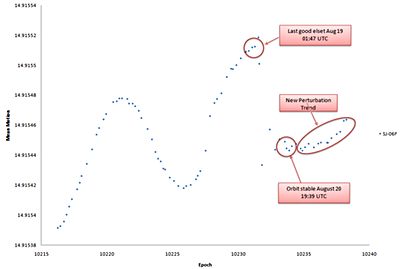 Figure 8: Anomaly in mean motion of SJ-06F. (larger version) |
Figure 8 is a close-up of the last few days of the mean motion of SJ-06F. Sometime after August 19 at 01:47 UTC, a force other than the normal perturbations changed the SJ-06F’s orbit; it resumed a normal perturbation pattern on August 20 at 19:39 UTC.
Trying to determine whether or not the two satellites made physical contact is difficult given the available data. In a public posting on the Russian Novosti Kosmonavtiki (Space News) message board, Igor Lissov initially calculated that the point of closest approach between the two satellites occurred on August 19 at 18:11 UTC at a distance of only 200 meters and a relative velocity of about 1 to 3 meters per second. Additional analysis, performed by propagating the last good TLE for both objects, reveals multiple close approaches on August 19 between 11:00 and 13:00 UTC with less than 300 meters separation distance between the two satellites.
| It is extremely unlikely that either SJ-12 or SJ-06F suffered any damage, if there was indeed contact between them. |
If the SJ-12 and SJ-06F satellites did make physical contact with each other, it would not be the first time such an event has happened. On April 15, 2005, NASA launched the Demonstration for Autonomous Rendezvous Technology (DART) satellite to demonstrate autonomous rendezvous. The DART satellite’s mission was to maneuver close to and conduct proximity operations around the defunct US Navy MUBLCOM communications satellite at about 760 kilometers altitude without any input from ground controllers. A navigation error occurred when DART and MUBLCOM were approximately 200 meters apart that resulted in the two objects bumping at a speed of around 1.5 meters per second; slow enough that neither object generated debris nor was destroyed, but fast enough to change the orbit of MUBLCOM significantly.
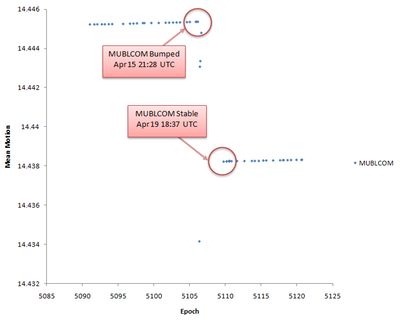 Figure 9: Mean motion of the MULBCOM satellite before and after contact with DART. (larger version) |
The change in MUBLCOM’s orbit can be seen clearly in Figure 9. In their public report, the accident investigation board concluded that DART had indeed bumped MUBLCOM as a result of a failure of the navigation and guidance systems.
The change in MUBLCOM’s orbit, as a result of contact with DART, was about 100 times greater than the change in the orbit of SJ-06F. Given that both the MUBLCOM and DART did not sustain any apparent damage and no new debris fragments were created, it is extremely unlikely that either SJ-12 or SJ-06F suffered any damage, if there was indeed contact between them.